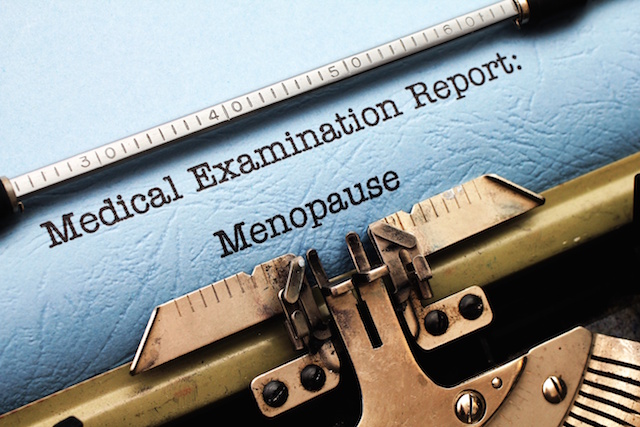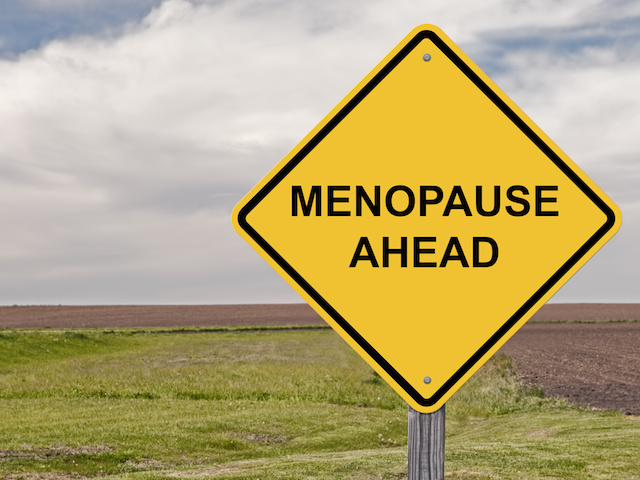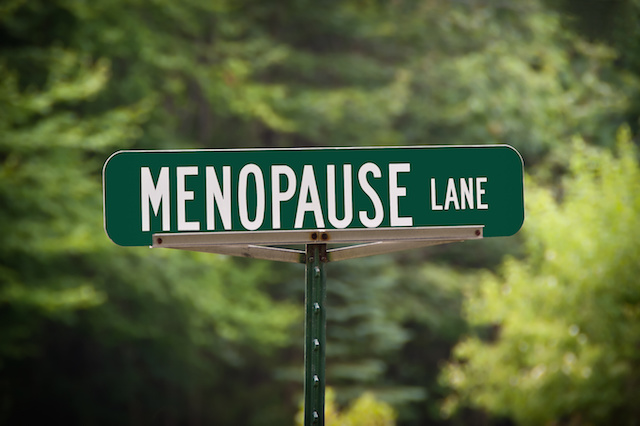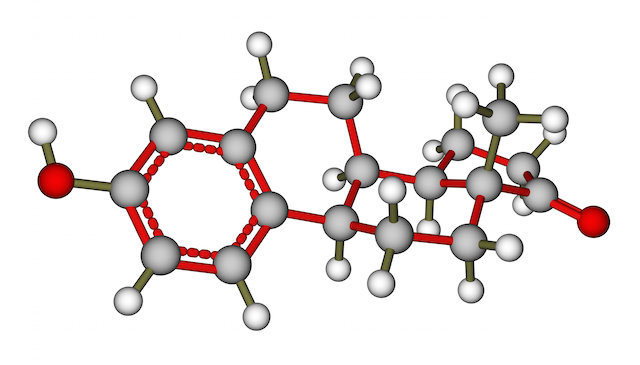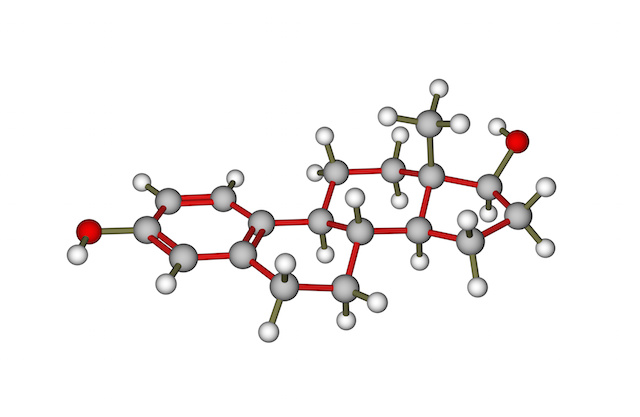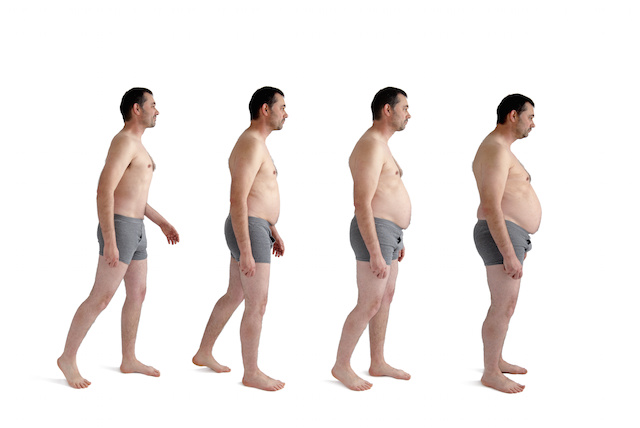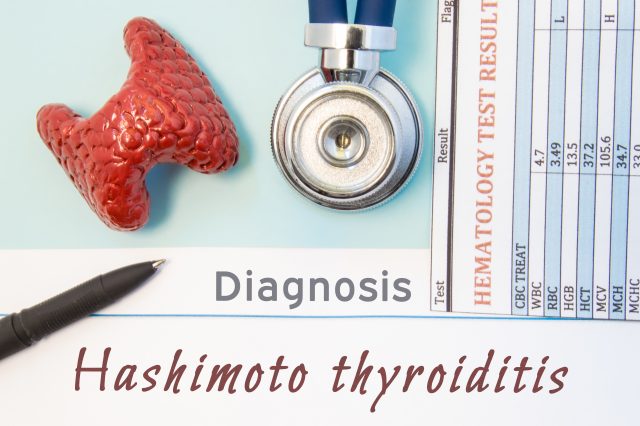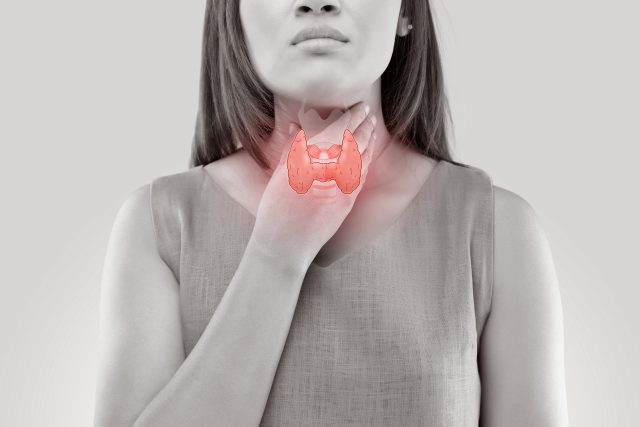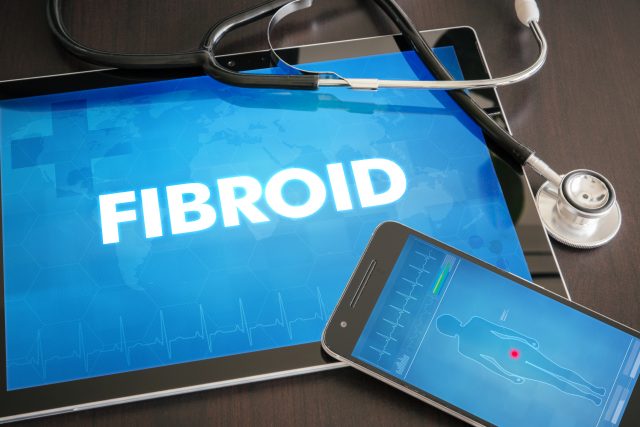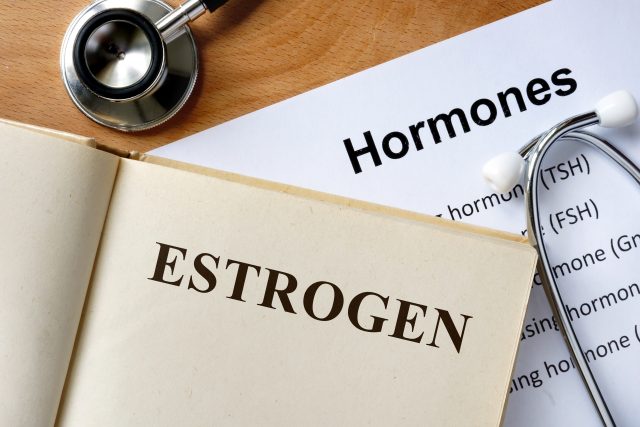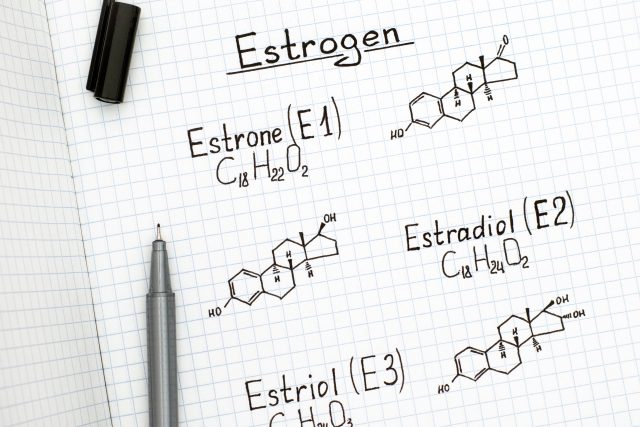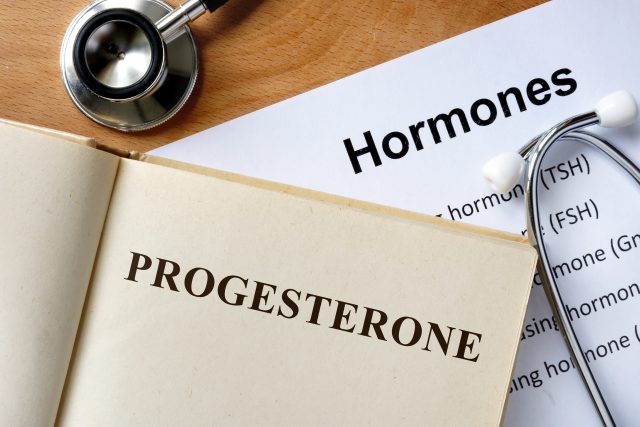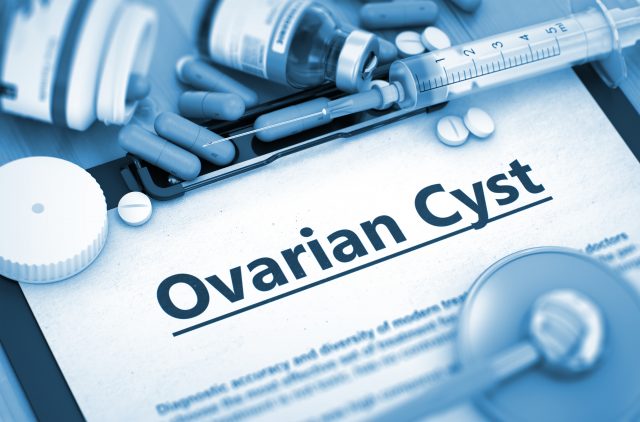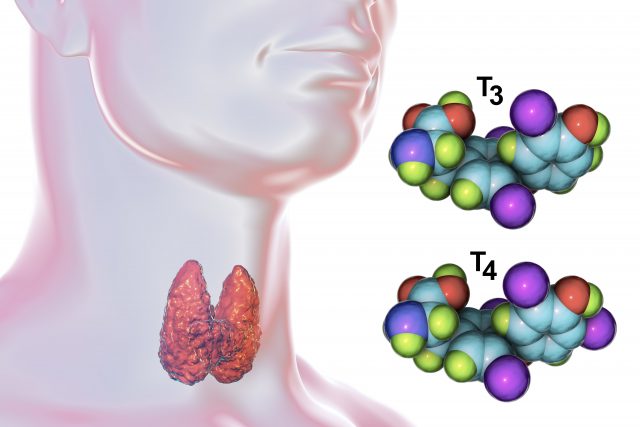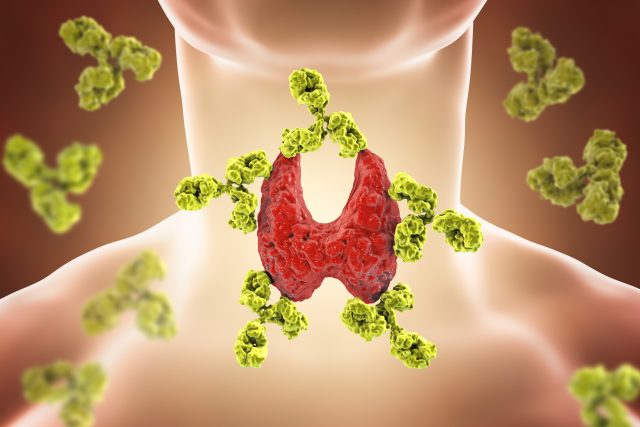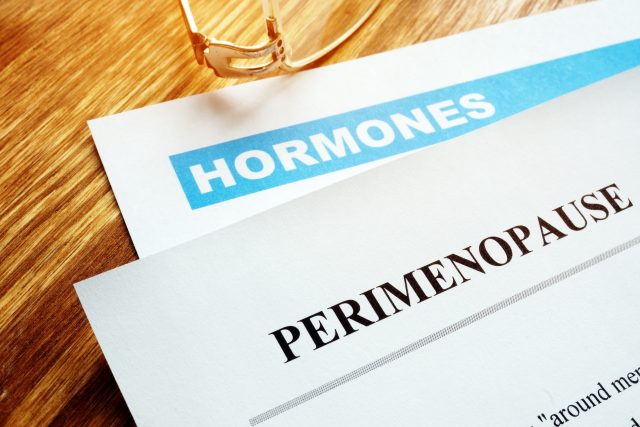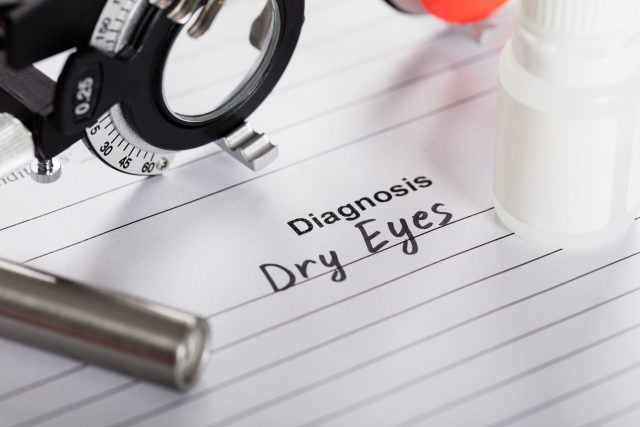Do You Have PCOS?
Polycystic Ovarian Syndrome (PCOS) is an endocrine disorder that affects approximately 10-15% women of reproductive age in the United States. In PCOS, the ovaries develop multiple follicles and cysts and a lack of ovulation. There are many symptoms such as hirsutism, weight gain associated with PCOS as well as infertility. In addition the physical symptoms, proper testing for PCOS is important for an accurate diagnosis.
Lab testing for PCOS:
- FSH follicle stimulating hormone
- LH luteinizing hormone
- Testosterone
- DHEA-sulfate
- TSH
- Free T4
- Free T3
- Lipid panel: total cholesterol, triglycerides, HDL (high density lipoproteins), LDL (low density lipoproteins)
- Insulin fasting
FSH: follicle stimulating hormone
The FSH is a signal released from the pituitary to stimulate the ovaries to produce hormones. If one is approaching menopause or is not producing ovarian hormones such as progesterone and estrogen the FSH level increases. In a reproductive female the FSH should be under 21.5mIU/mL with the optimal level not exceeding 12mIU/mL.
Reference range:
- Follicular phase 3.5-12.5 mIU/mL
- Luteal phase 1.7-7.7 mIU/mL
- Postmenopausal 25.8-134 mIU/mL
- In PCOS the FSH is usually in normal ranges or below 25.8 mIU/mL
Luteinizing hormone: LH
The LH is a signal that is sent from the pituitary to stimulate the ovaries to ovulate and the development of the corpus luteum which produces progesterone. In PCOS there is a miscommunication causing high levels of LH which causes an overproduction of testosterone instead of ovulation and progesterone.
Reference range:
- Follicular Phase 1.9-12.5 mIU/mL
- Luteal Phase 0.5-16.9 mIU/mL
- Postmenopausal 10.0-54.7 mIU/mL
- In PCOS the LH is elevated over 25
It is important to blood test both the FSH and LH if you suspect PCOS. As the LH:FSH ratio can be a key component in determining the diagnosis of PCOS. In PCOS the LH/FSH ratio will be greater than 2:1. For example the LH level is 26 and the FSH is 13; that would be a LH:FSH ratio of 2:1. Another example is the LH is 40 and the FSH is 10; that would be a LH:FSH ratio of 4:1. These ratios that are greater than 2:1 LH:FSH are characteristic of PCOS diagnosis.
Testosterone
The main character of PCOS is a high testosterone level. This high level of testosterone is what causes the hirsutism symptoms in PCOS.
Reference range:
- Testosterone premenopausal 10-55 ng/dL
- Testosterone postmenopausal 7-40ng/dL
- In PCOS the testosterone levels will be over 55 ng/dL and the higher the testosterone the more severe the PCOS symtpoms.
DHEA-Sulfate
DHEA is an androgen that is produced by both men and women. DHEA levels are higher when we are young and decrease as we age. In PCOS the DHEA levels are elevated causing hirsutism and androgenic symptoms like that of testosterone. DHEA-sulfate is a more specific blood test than just total DHEA.
Reference range:
- DHEA-sulfate 41.2 ug/dL – 243 ug/dL
When considering the diagnosis of PCOS is it also important to test thyroid function. Commonly in PCOS the thyroid function is reduced causing symptoms of weight gain, depression and hair loss to name a few.
Thyroid Stimulating Hormone (TSH)
The TSH is produced from the pituitary and is a signally hormone to the thyroid to produce thyroid hormone. If the thyroid gland is under producing thyroid hormone then the TSH increases. If the thyroid gland is overproducing then the TSH decreases.
Reference Range:
- TSH .45-4.5 uIU/mL
Typically in PCOS you will see the TSH over 2.0 uIU/mL meaning there is a reduction in thyroid function.
Free T4 (FT4)
Free T4 is mainly made from the thyroid gland and it is a very stable molecule, yet is have very little activity. The main function of Free T4 is to convert to Free T3, which is the most active of the thyroid hormones.
Reference Range:
- Free T4 .8-1.8ng/dL
Free T3 (FT3)
Free T3 is the active form of thyroid hormone, so it is important to make sure it is in the proper range.
Reference range:
- Free T3 2.0-4.4ng/dL
This reference range for free T3 is very vast. Any free T3 under 3.0ng/dL is going to have hypothyroid symptoms. Having the free T3 at 3.8-4.4ng/dL is ideal for thyroid function.
Commonly in PCOS the Free T4 is slightly reduced at .8-1.1 ng/dL, but the Free T3 is quite low at 2.2-3.0 ng/dL. It is important to treat low thyroid function in patients with PCOS.
Lipid panel:
The lipid panel is comprised of the total cholesterol, triglycerides, HDL and LDL. Commonly in PCOS, the cholesterol is elevated, in particular the triglycerides. The triglycerides are associated with glucose/carbohydrate ingestion. While many are concerned the fasting glucose states of PCOS patients, it take a long time for the glucose to go out of range. It is better to test the triglycerides instead as they are elevated often in PCOS.
Reference range:
- Total cholesterol 125-200 mg/dL
- Triglycerides 0-150 mg/dL
- HDL (high density lipoproteins) 45-199 mg/dL
- LDL (low density lipoproteins) 0-130 mg/dL other labs have this range at 0-100 mg/dL
Women with PCOS will typically have elevated triglycerides and the other levels may be normal. Even if they are very meticulous with their eating patterns the triglycerides can still be elevated in PCOS.
Insulin fasting
PCOS patients are at risk for type-two diabetes and insulin-resistance. In PCOS the insulin fasting can be high which can contribute to weight gain especially in the stomach area.
Reference range:
- Insulin fasting 2-19.6 uIU/mL
Ideally a fasting insulin should not be over a 9 and it is best to be under 5uIU/mL. In PCOS you will see the fasting insulin over 9 and in many cases over 20 uIU/mL.
In addition to the above blood tests, a transvaginal ultrasound will be able to visualize the ovaries in order to see if there are multiple follicles/cysts for a definitive PCOS diagnosis. If you have any quesitons about PCOS please contact us to see if we can help. We offer testing and treatment for people with PCOS all over the world.

